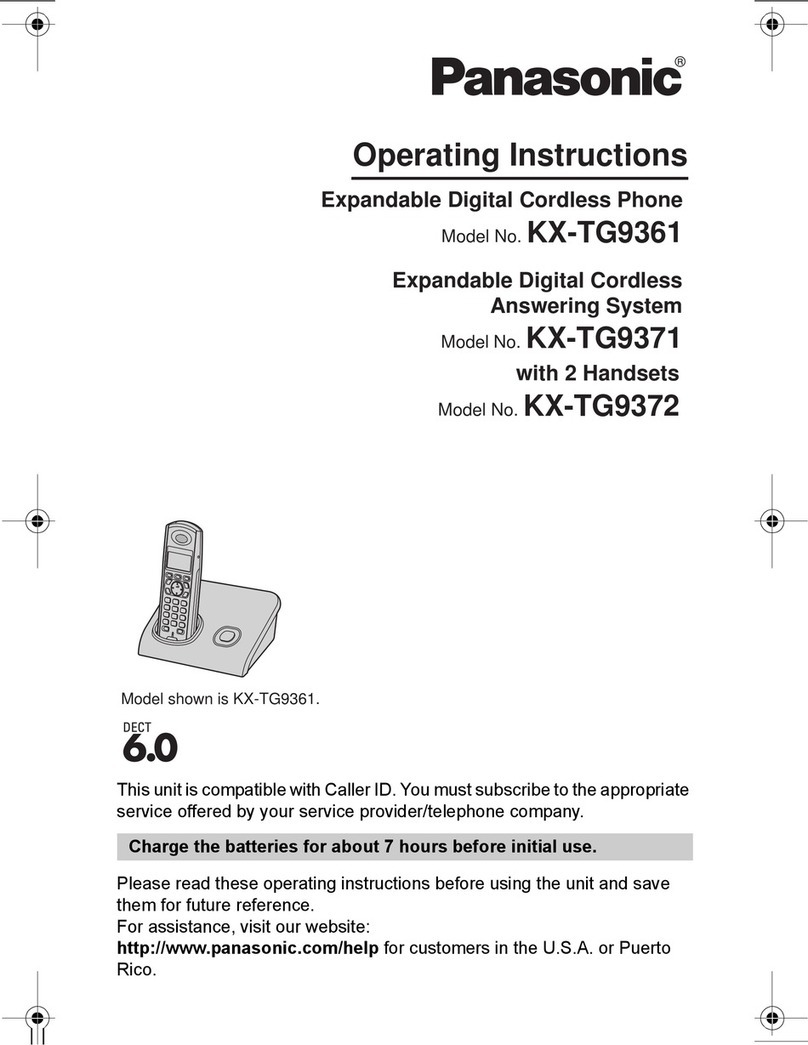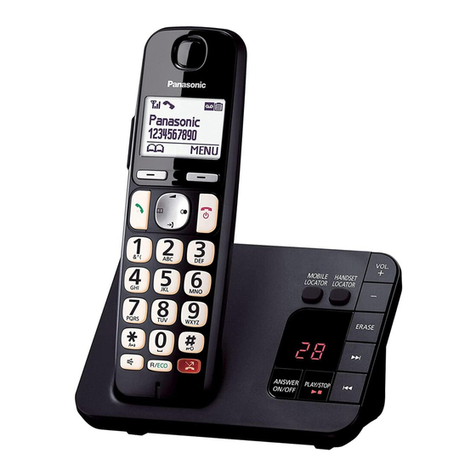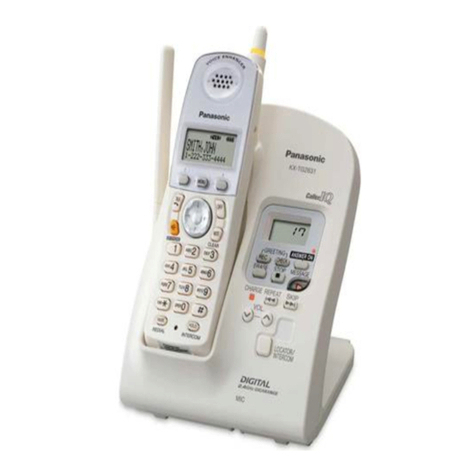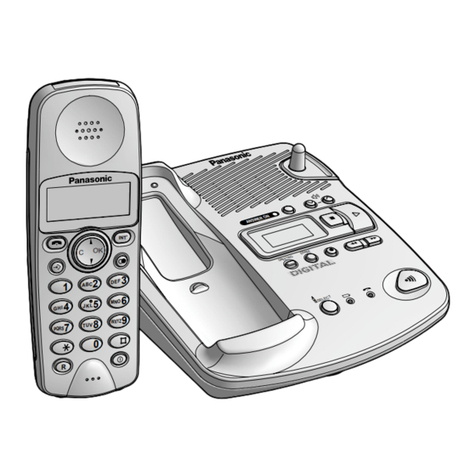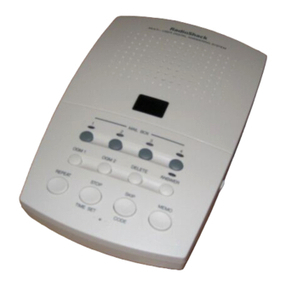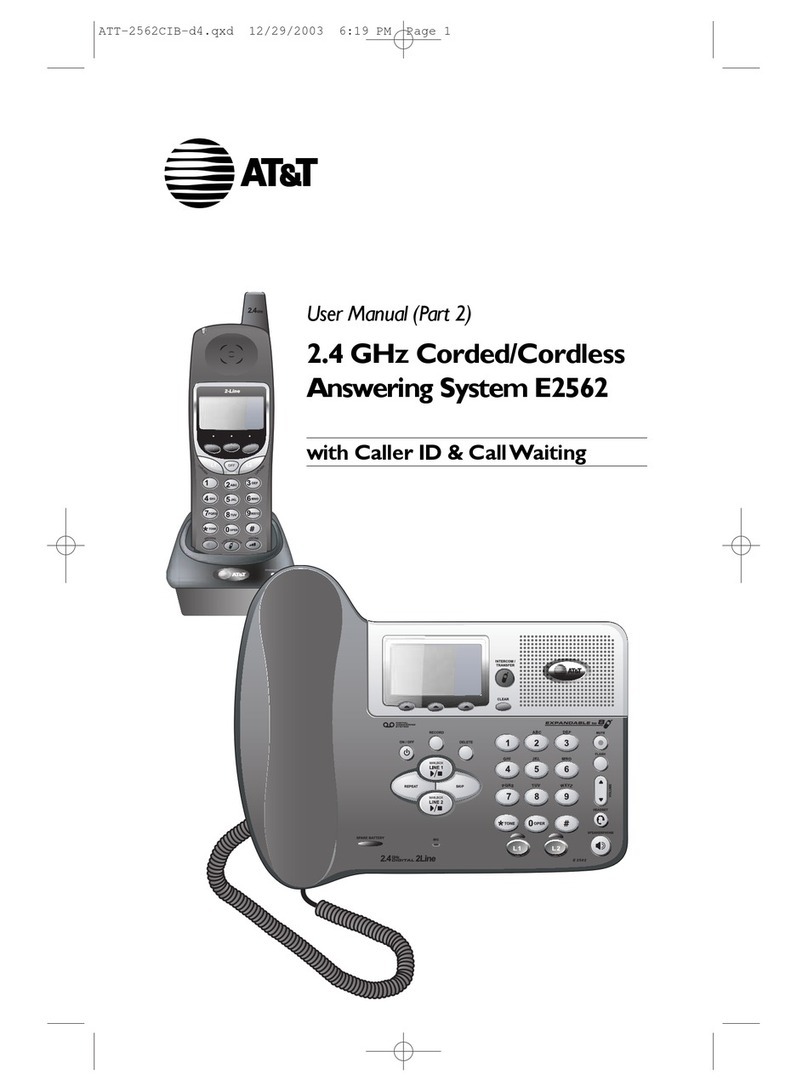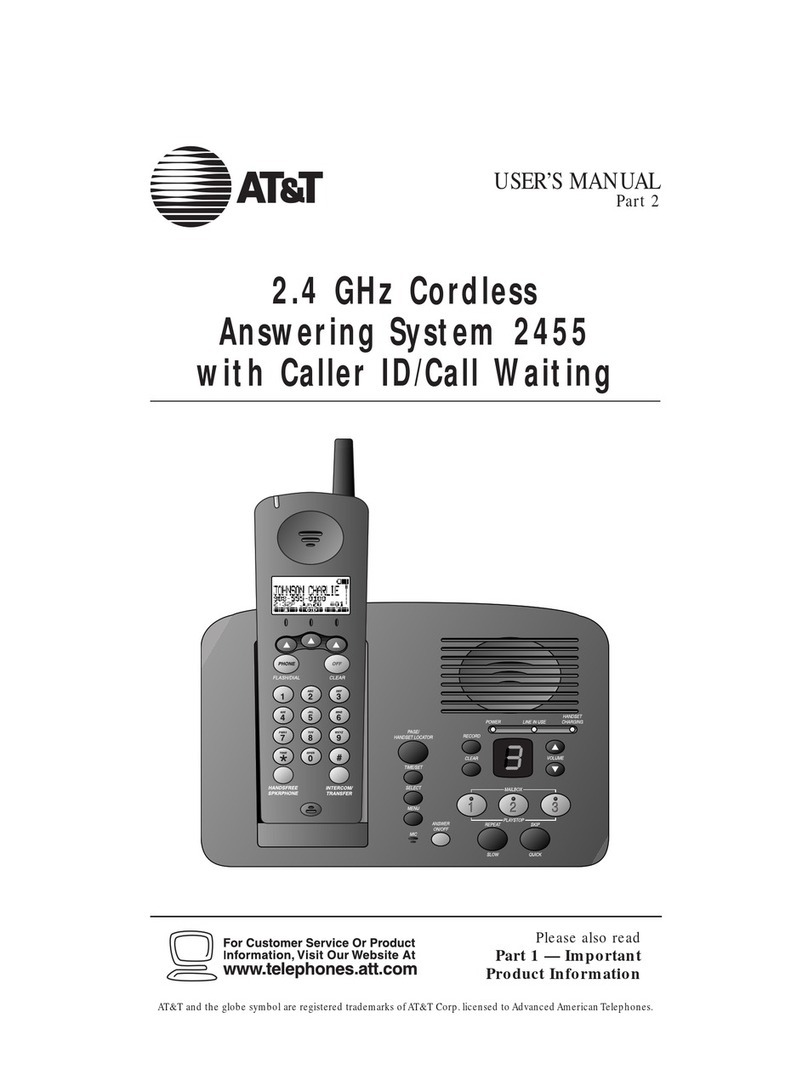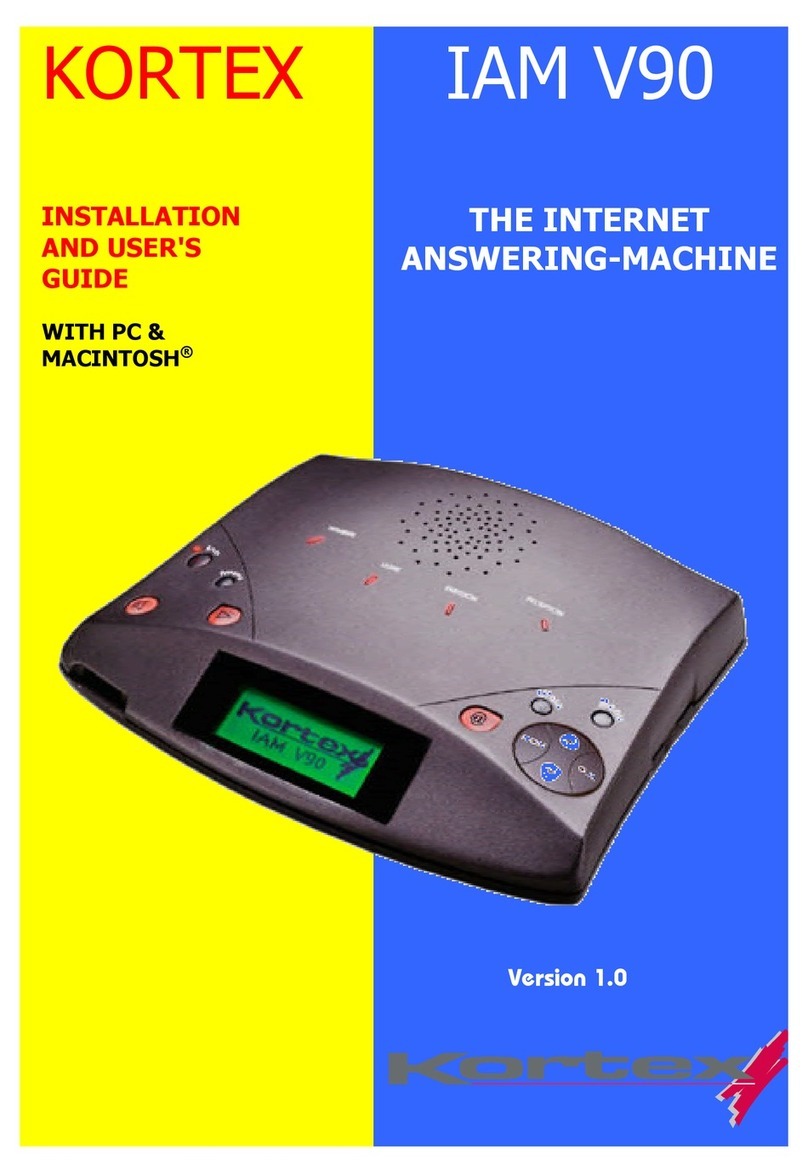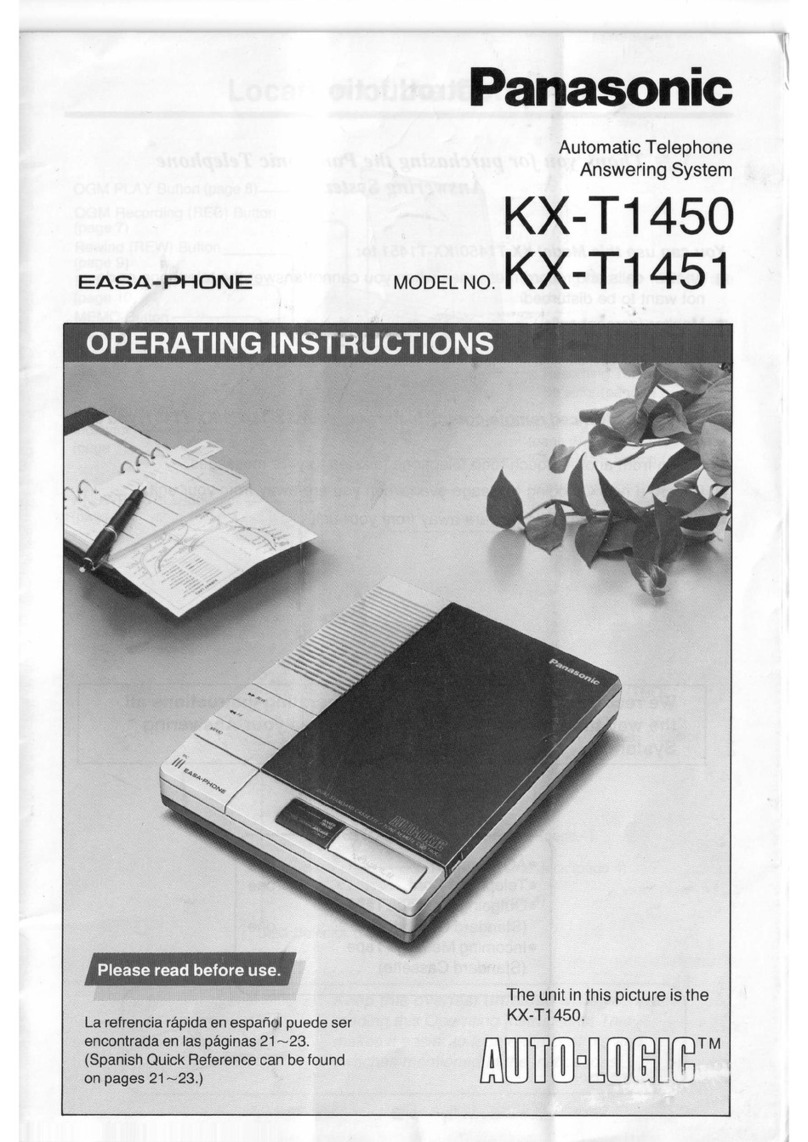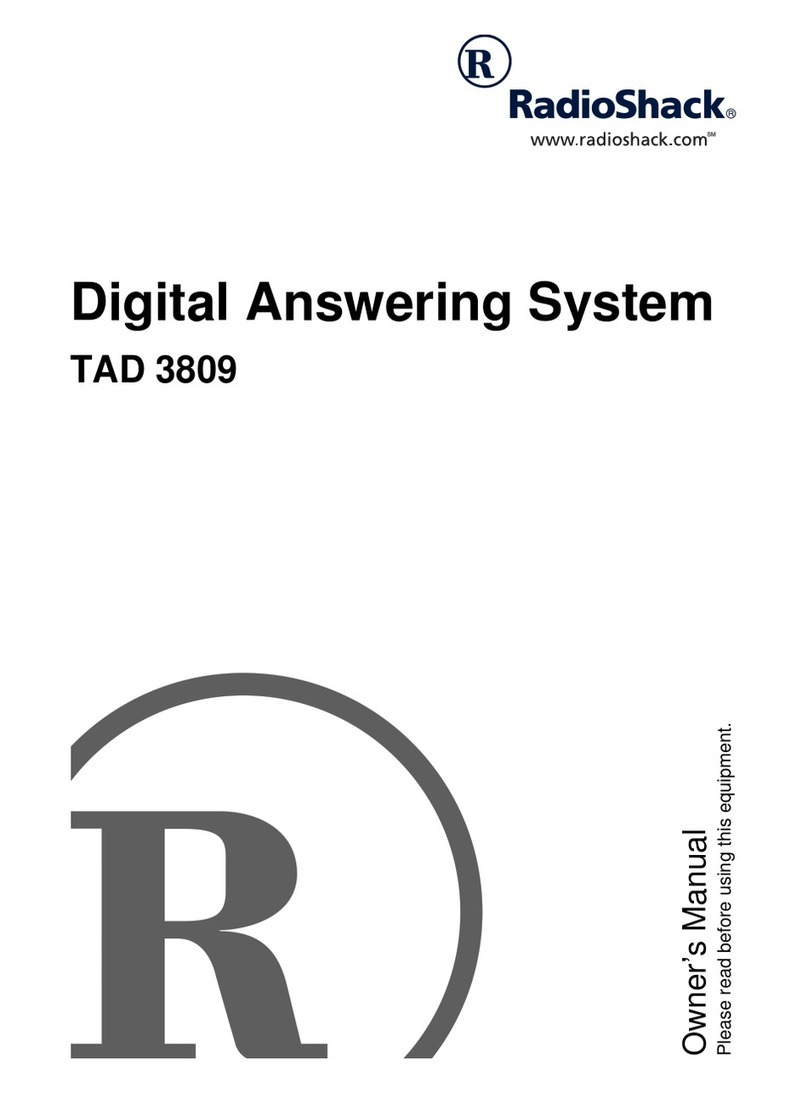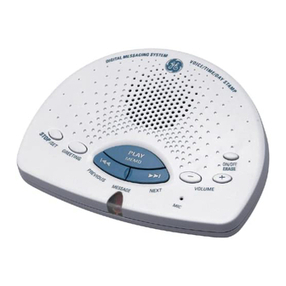5
Introduction of BeoTalk 1100
BeoTalk 1100 cherishes the sanctity of
private life and gives you
independence...
…It is up to you to decide with whom
you want to talk and when. The display
will tell you who is calling.
…See who called and when. The Caller
ID list will show you all the incoming
calls.
…Play the received messages and inter-
nal messages exactly when it suits you.
…Record up to four different outgoing
announcements two of which offer the
possibility of giving specific announce-
ments to selected telephone numbers.
…It is up to you to decide when the
phone may ring. Connect Silent Answer
if you do not want to be disturbed by
the telephone, and let BeoTalk 1100
answer the calls.
…It is up to you to decide from whom
you want to receive messages. Connect
Rejection of incoming calls to avoid
unwanted calls.
The local control of BeoTalk 1100 has
two operating levels...
The primary operation takes place by
means of the three keys on the front of
the telephone answering machine.
The secondary operation takes place by
means of the keys under the cover.
These keys conceal the numerous func-
tions which make it possible to
choose individual combinations.
The remote control enables you to
operate your BeoTalk 1100 even when
you are not at home.
